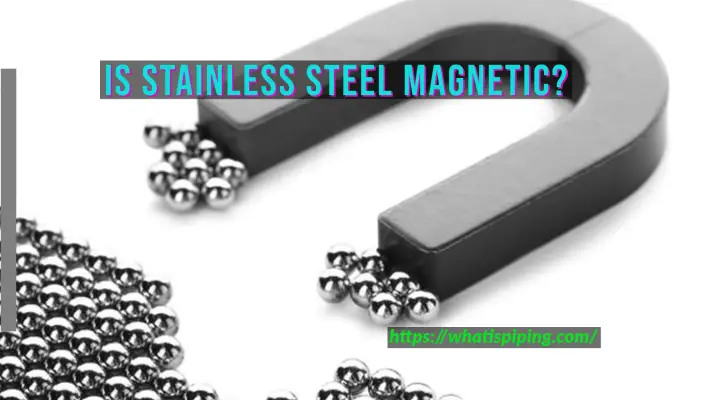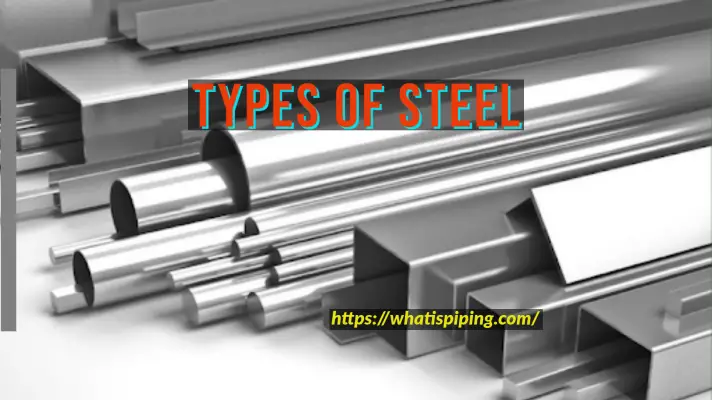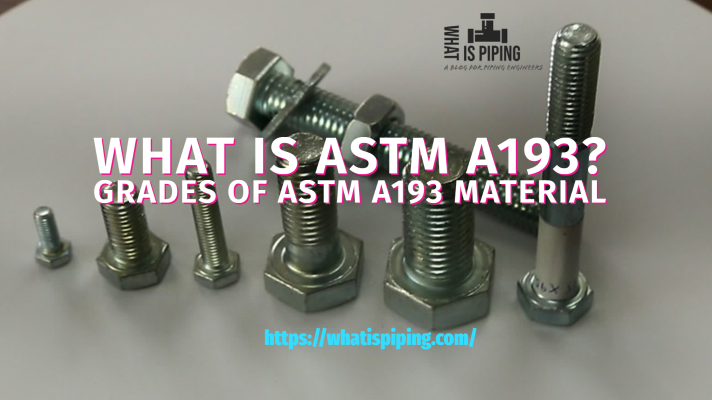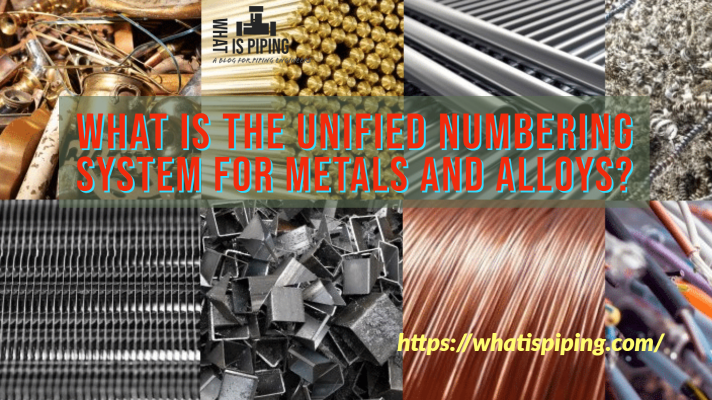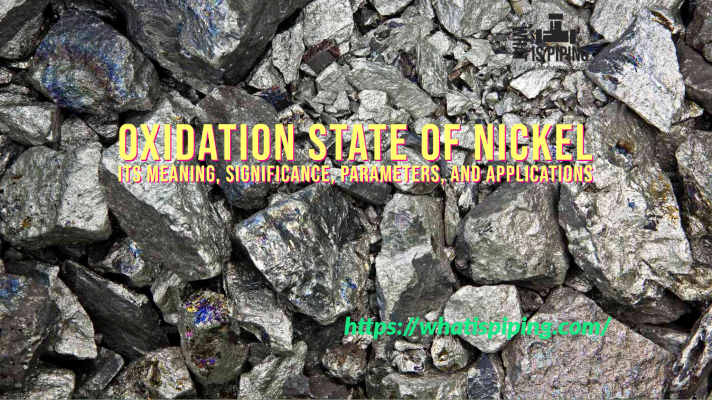As we have noted in my last article that all stainless steels do not show magnetic properties. Only certain grade of stainless steel material shows magnetic property and those can be magnetized. The composition of stainless steel decides if it can be magnetized. Any stainless steel with the presence of nickel in considerable amounts is difficult to magnetize, even though cold-rolling, stretching, and stressing the material can increase its magnetic potential. As series 200 and 400 stainless steel materials do not have nickel, they are naturally magnetic and hence, can be magnetized. In this detailed article, we will explore different methods to magnetize stainless steel, the factors influencing its magnetization, and the practical considerations involved in the process.
Methods to Magnetize Stainless Steel
Magnetizing stainless steel can be achieved through several methods, each with its advantages and considerations. It is important to note that the success and extent of magnetization may vary depending on the specific grade and composition of stainless steel.
Electromagnetic Induction:
Electromagnetic induction is a common method to magnetize stainless steel. It involves exposing the stainless steel to a strong magnetic field generated by an external electromagnet or a strong permanent magnet. By subjecting the stainless steel to this magnetic field, the alignment of the atomic dipoles can be temporarily altered, resulting in induced magnetization. However, this magnetization is typically weak and temporary unless the stainless steel is of a ferromagnetic grade or undergoes specific treatments.
Pulsed Magnetic Fields:
Applying a pulsed magnetic field to stainless steel can induce magnetization. Pulsed magnetic fields involve generating short bursts of high-intensity magnetic energy, which can realign the atomic dipoles in the stainless steel material and create a temporary magnetized state. This method is often used in specialized industrial processes and research applications.
Cold Working:
Cold working or deformation processes, such as bending, hammering, or rolling, can introduce strain into the stainless steel material. This strain can lead to the formation of localized magnetic regions, resulting in a weak magnetic response. However, the magnetization achieved through cold working is generally limited and may not be as pronounced or stable as in other methods.
Heat Treatment:
Heat treatment processes can alter the crystal structure of stainless steel, which can influence its magnetization. For example, subjecting certain austenitic stainless steel grades to low temperatures (around -196°C or -321°F) can induce a phase transformation called martensitic transformation, resulting in a ferromagnetic state. However, such transformations are specific to certain grades and must be carefully controlled to achieve the desired magnetic properties.
Factors Influencing Magnetization
The magnetization of stainless steel can be influenced by various factors:
Stainless Steel Grade:
Different stainless steel grades exhibit varying levels of magnetization. Austenitic stainless steel is generally non-magnetic, while ferritic and martensitic stainless steel grades can possess magnetic properties. Therefore, selecting the appropriate stainless steel grade is crucial for achieving the desired magnetization.
Crystal Structure:
The crystal structure of stainless steel plays a significant role in its magnetic behavior. Austenitic stainless steel, with its face-centered cubic structure, is non-magnetic. In contrast, ferritic and martensitic stainless steel, with their body-centered cubic and body-centered tetragonal structures, respectively, can exhibit magnetic properties.
Practical Considerations
When magnetizing stainless steel, certain practical considerations should be taken into account:
- Limitations: Magnetizing stainless steel may result in weak or temporary magnetization. The extent and stability of magnetization depend on the specific stainless steel grade, treatment method, and processing conditions.
- Expertise: Magnetizing stainless steel often requires specialized equipment, such as strong electromagnets or pulsed magnetic field generators. Consulting with experts or professionals experienced in magnetization processes is advisable to ensure optimal results and safety.
- Material Integrity: Magnetization processes can potentially induce localized stresses or deformations in stainless steel. Care should be taken to minimize any adverse effects on the material’s structural integrity or performance.
- Post-Magnetization Effects: After magnetization, the stainless steel may exhibit magnetic properties that can interfere with certain applications or equipment. Consideration should be given to the potential impact of magnetization on stainless steel’s intended use.
Conclusion
While stainless steel is primarily non-magnetic, there are methods available to magnetize it to varying degrees. Electromagnetic induction, pulsed magnetic fields, cold working, and heat treatment can influence the magnetization of stainless steel, although the extent and stability of magnetization can vary depending on factors such as stainless steel grade and crystal structure. It is important to consider the practical limitations, expertise required, and potential post-magnetization effects when attempting to magnetize stainless steel. Understanding these processes provides valuable insights for industries and applications where controlled magnetism in stainless steel may be advantageous or necessary.

